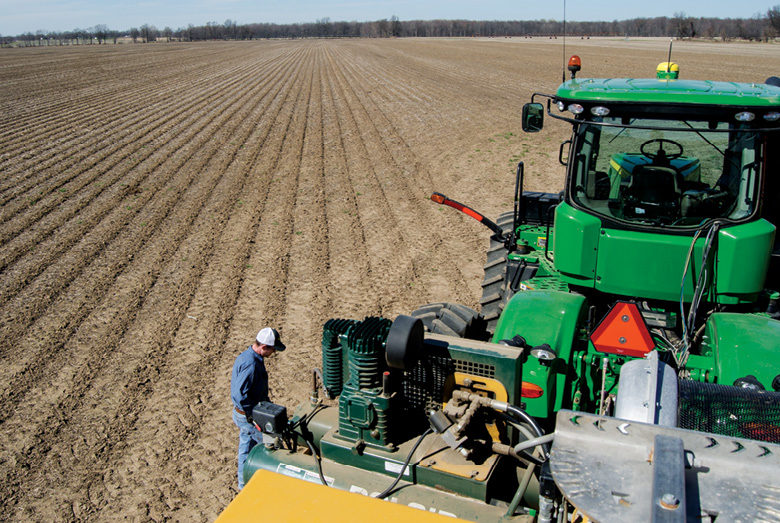No-Till Farmer
Get full access NOW to the most comprehensive, powerful and easy-to-use online resource for no-tillage practices. Just one good idea will pay for your subscription hundreds of times over.

Strip-tillers are no strangers to adaptation and, in many cases, their farming systems are predicated on a willingness to experiment and evolve.
This approach can keep strip-tillers productive and profitable, even in the midst of a downturn in the ag market. But being able to compare and contrast operational goals and outcomes offers additional opportunity to improve or evolve onfarm management practices.
Last year, No-Till Farmer’s sister publication, Strip-Till Farmer, surveyed more than 70 readers on how strip-tillers are building their systems and published an industry-first analysis of the report. Building on that foundation, the 2nd Annual Strip-Till Operational Benchmark Study digs deeper into the seeding, fertility and precision-farming trends shaping strip-till operations throughout the U.S.
This year, nearly 200 subscribers of No-Till Farmer’s Conservation Tillage Guide and the Strip-Till Strategies e-newsletter, who identified themselves as strip-tillers, filled out the 31-question survey.
The overall results offer some stark year-over-year contrasts, but also affirm some proven strip-till practices that contributed to a 7-bushel-per-acre increase in average corn yields and a 4-bushel per acre increase in average soybean yields in 2014 compared to 2013.
In the following pages, we break down the berm-building strategies, nutrient application methods and equipment arsenal that strip-tillers use in their operation. Each section also investigates the techniques and tools that premier strip-tillers are putting to work.
We crunched the numbers on the top 25% of respondents by corn yield (average of 236 bushels per acre) and soybean yield (average 69 bushels per acre) to see what strategies…